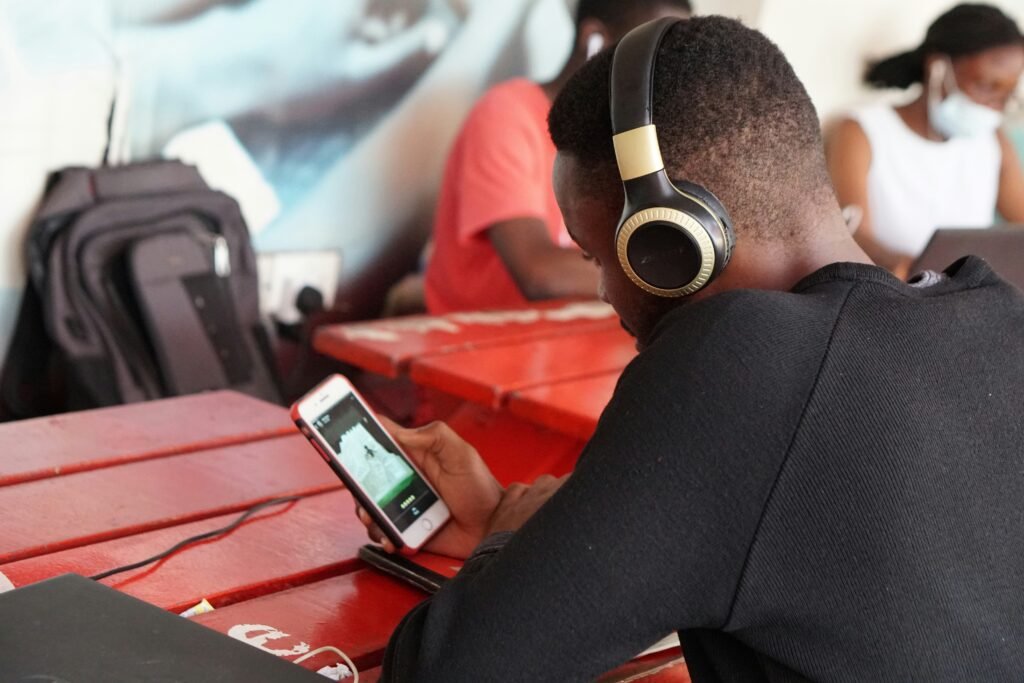Nancy Streit is both a teacher and a mother. She knows firsthand how tough it is to get students to focus without their phones.
She believes phones are important for emergencies, often used by parents to reach their kids. Even though she doesn’t allow phones in her classroom, students find ways to use them anyway.

Recently, the Los Angeles school district where Ms. Streit teaches, one of the largest in the country, decided to ban smartphones in schools. This decision reflects a growing trend across the US, where many states and schools are grappling with how to handle kids’ increasing reliance on their phones.
States like New York and California, with large populations, are also considering new rules on this issue.
States Move to Restrict Smartphone Use in Schools
Recently, California Governor Gavin Newsom and New York Governor Kathy Hochul have pushed for laws to ban smartphones in classrooms.
Governor Newsom plans to collaborate with lawmakers to establish this policy, while Governor Hochul supports a similar initiative. Indiana has already enacted such a law, set to start in the fall.
These efforts are part of an ongoing debate about controlling how much students use smartphones in schools. This debate has intensified due to increasing worries about young people’s mental health following the pandemic.

Currently, around 76% of US schools already have policies limiting non-academic phone use, as reported by the US Department of Education for the 2021-2022 school year.
The latest regulations aim to strengthen these policies further, reflecting a broader trend across states to address the impact of smartphones on students.
Growing Concerns and Policies on Smartphone Use in Schools
Raphaela Hodges, a sixth-grade teacher in Los Angeles, has noticed a big change in how kids interact. She says kids often turn to their phones when they feel uncomfortable.
Lawmakers from both Republican and Democratic states agree on this issue. For example, Florida passed a law last year that tells schools to keep phones out of classrooms and block social media on school Wi-Fi.
The law also says schools must teach kids about the effects of social media on their feelings and health.
In places like Maine and Virginia, school districts are making stricter rules about phones. Some provinces in Canada, like Ontario and Alberta, are doing the same.

For More Tech Articles
The Ongoing Debate
Concerns about phones in schools have been around for a long time, ever since the devices became popular. There hasn’t been much agreement, and it’s been a controversial topic.
In the US, there have been many tries to stop students from having phones in classrooms since the 1980s. Early on, people worried that phones could distract students and might be connected to illegal activities like drug dealing.
But after the tragic shooting at Columbine High School in Colorado in 1999, where 13 people died, some parents and schools started to see phones as important for emergencies. States like California even changed their rules and allowed phones again in 2002.
The debate started up again later when schools realized phones were causing distractions, being used for cyberbullying, and even helping students cheat on their work.
In New York City, which has over a million students, they used to have a strict ban on phones. But they changed their minds in 2015 and let each school decide their own rules.
The Impact of Social Media on Student Mental Health
The recent policies are happening because experts are worried about how social media affects students’ mental health.
